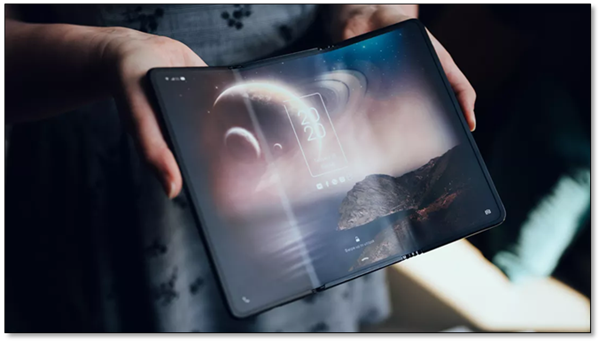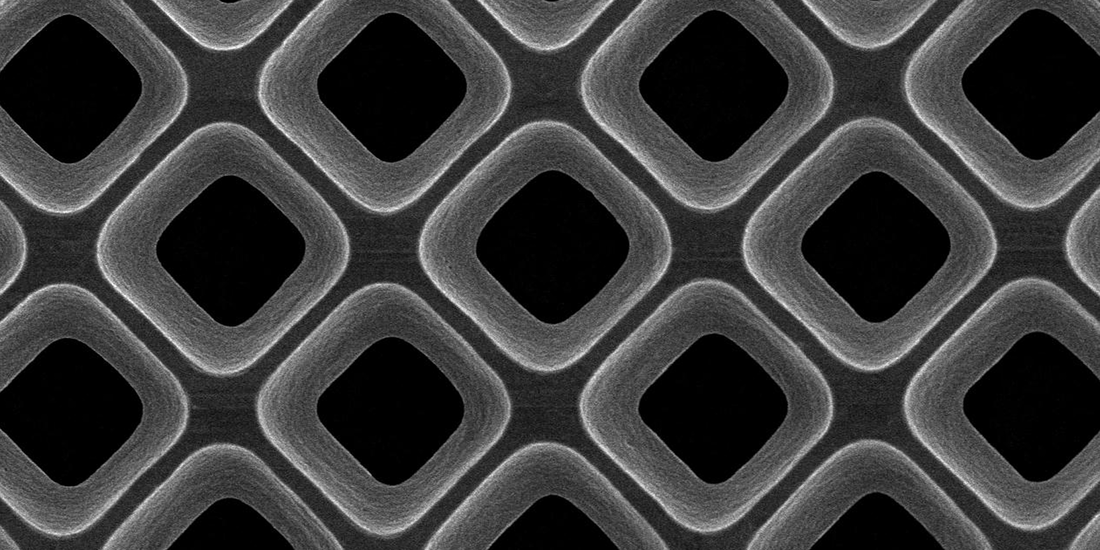iPhone SE 2022
While the iPhone SE has only two cameras (12 MP & 7MP), we wonder if there is data on how often the average user intentionally picks a more sophisticated camera on the flagship iPhone models before snapping a picture. We assume that there are some iPhone users that might need the three or four different cameras on the more expensive models for semi-commercial photography, but if shots posted on social media are any indication, most photos are taken with whatever camera is the default. That brings us to both the need for the multiple camera trend and the idea that all the bells and whistles that are added to flagship phones seem a bit unnecessary. Since industry leading smartphone brands tend to offer a wide variety of mid-priced phones, which are usually their best sellers, does the SE’s popularity indicate an industry feature overkill?
As the average smartphone buyer leans toward smartphone status over smartphone utility, we understand the need for flagship smartphones, especially when viewed from the brand’s margin expectations, but it seems that the popularity of the SE or the Samsung A12, Samsung’s best-selling phone which sells for $180 (32GB, unlocked), would indicate that perhaps more time should be spent reducing the price of smartphone generally instead of loading them with features that are rarely used. We know it is antithetical to the smartphone brand mindset to think that less is more, but the SE points in that direction once again.





 RSS Feed
RSS Feed